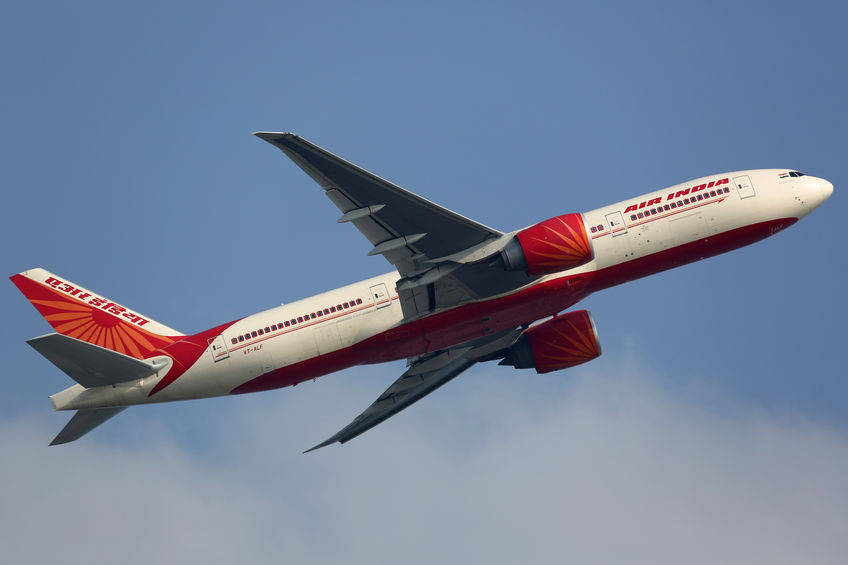Air India is a mess. It’s pilots continue flying after bird strikes when they’re willing to fly at all if they don’t get assigned their preferred female crew.
If their pilots want to land on a road, they may just consider landing on a road. They fight each other. If they’re scheduled to fly somewhere they don’t want to go — even for an airline’s inaugural flight — they simply don’t show up. Or they’ll declare fuel emergencies so they’ll be allowed priority clearance for landing.

Air India Boeing 777-200LR, Copyright: boarding1now / 123RF Stock Photo
Delta, United, and American don’t complain about state-owned Air India and the massive subsidies that airline has received (though dwarfed by subsidies to US carriers). That may be because their management isn’t much better, and the carrier is often seen as a plaything for the country’s politicians. Indeed a government official thought nothing of attacking an airline employee after being assigned a coach seat on a plane that had only coach.
The carrier is in the process of an attempt at privatization. There’s pushback, naturally, from the various interests that have sucked the marrow of the carrier for decades.
However the process of privatization is bringing much to light about the decisions and financials of the airline. And one piece of that is the airline’s art collection.
The airline owns “one of the most important and perhaps most mysterious contemporary art collections in India.” Thousands of paintings could be worth tens of millions of dollars but many have been poorly maintained and others have just gone missing.
The airline lent pieces to executives to display in their homes but finds that they “were not returned.” Important pieces owned by the government airline have even been “for sale on the open market” by private individuals.
Here’s one example of what happens when the airline tries to track down the whereabouts of missing paintings,
[T]he Das painting suddenly reappeared by courier at Air India’s offices in New Delhi, removed from its frame and partially torn. Das went to see it and was aghast at its condition.
“It wasn’t returned,” Das said. “It was crushed, folded and returned.”
When airline employees attempted to track down the sender, they found the return address, in the nearby city of Gurgaon, was fake. The Press Trust of India reported that the airline was “now examining how many more former or serving Air India officials could be in possession of such paintings.”
Other paintings were held in a warehouse “lying haphazardly, not wrapped in plastic, not cataloged, not labeled.”


Ya I don’t think U.S. carriers are complaining about these subsidies because they sound more like a way to embezzle, not part of coordinated multi-decade goal of dominating aviation through dumping.
Indians and Chinese are the greatest libertarian capitalists in the world. All about selfish personal goals, society be dammed. Americans are no better, or have any better morals though. Just that law enforcement is a little better here. Thanks to Obama for selective non-enforcement and trump for a complete mockery of the law though, maybe Americans can become better in this soon.
Credit certainly isn’t wrong with respect to Indian and Chinese social values after decades of socialist and even isolationist policies – culture takes time to change.
@Credit wasn’t loved by his mommy or something